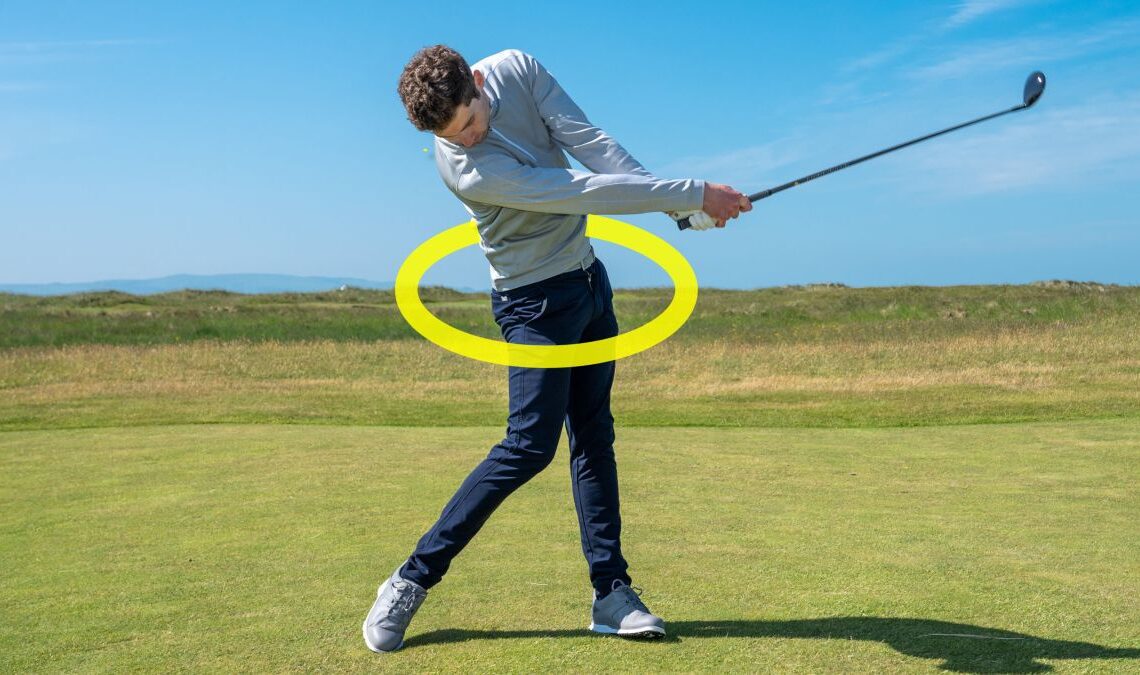In this article and video, Golf Monthly Top 50 Coach Paul Foston explains what connection in the golf swing is, why it’s a good thing and how to add it to your game.
What Is Connection In The Golf Swing?
Connection in the golf swing refers to how the flowing motion of the arms works with the rotation of your body. A well-connected golf swing creates effortless power and will deliver the club back square to the ball much more consistently.
It might sound strange but good connection starts at address (it makes sense to work on setting the perfect golf grip). When you stand over the ball there should be a perfect ‘v’ shape made between your hands and arms. If your hands are ahead or behind your sternum, you’ll break the ‘v’ and find it difficult to make a connected swing. The video with this article demonstrates exactly what we mean here.
As you take the club back you should aim to maintain that shape. When you add your wrist hinge halfway through the backswing your hands should still be pointing at your sternum – this is a good checkpoint to have in mind. From this position, continue to let your arms swing and body rotation to work in harmony. The ‘v’ shape is in tact through impact as you powerfully transfer your weight towards the target. In the finish position, again, both your chest and arms should be facing the target.
One of the biggest traps to avoid is when the arms move without any rotation from the body. It feels as if you are making a big swing but you will struggle to find any true power. Remember, a shorter swing that is well connected will deliver much more power, speed and control. Rotate your hips for power to about 45˚ and turn your upper body to around 90˚ – the difference between these two angles is one of the main power sources in the golf swing.
(Image credit: Kenny Smith)
How do you stay connected in the golf swing?
This is where your rhythm or tempo comes into play. In particular, it is easy to become disconnected if you snatch at the ball from the top of the backswing. In this scenario, you attack the ball…
..
Click Here to Read the Full Original Article at Golf Monthly RSS Feed…
